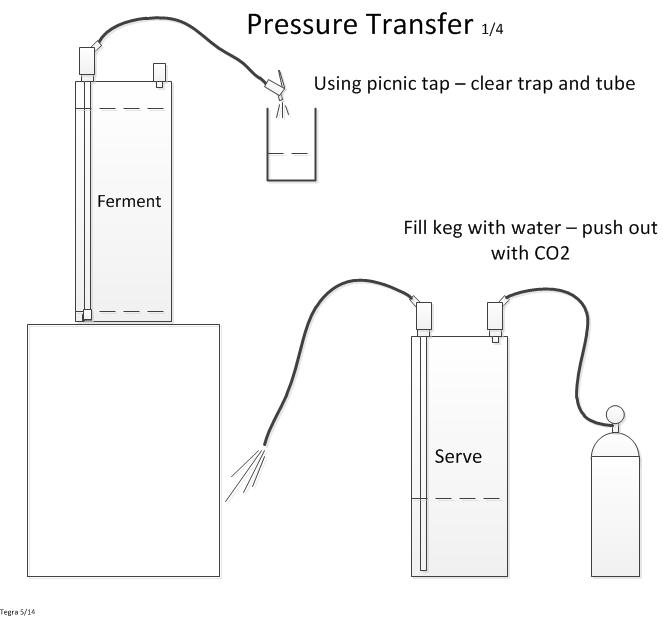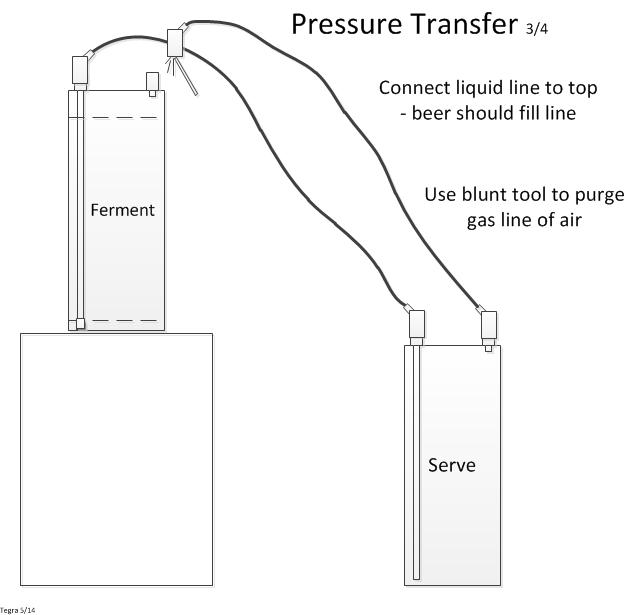chapusin
Well-Known Member
You're fine. Next time adjust the pressure up slowly, there is plenty of time to get to 15psi. You also don't have to hit 15. 10 would be fine until you are ready to carbonate at the end during a d-rest or carbonation period.
You released fine, but you avoided what typically happens to me (see foam blowing everywhere during the purge) so you got lucky. It takes a while to saturate the beer with CO2 which is the worry with yeast health. Keep on truckin' my man! Let us know so we can brew vicariously through you, lol.
Yeah, I guess I wanted to get to 15 in a hurry, last brew I only made it to 10 after a few attempts at getting to know how my spunding valve works (it's labeled but 30 psi actually means 10 psi), then after a week when I tried to get to 30 for finishing carbonation I found that I had a stuck fermentation, 10 points above my goal. A little sweet but it still tasted great, I'm loving this technique, I could have drank the whole thing 1 week after I brewed it. No green flavor at all!
I'm brewing 15 gallons in a 22 gallon conical, my kraussen is a few inches below the spunding valve, I guess that's why I didn't get foam.














































![Craft A Brew - Safale BE-256 Yeast - Fermentis - Belgian Ale Dry Yeast - For Belgian & Strong Ales - Ingredients for Home Brewing - Beer Making Supplies - [3 Pack]](https://m.media-amazon.com/images/I/51bcKEwQmWL._SL500_.jpg)



















